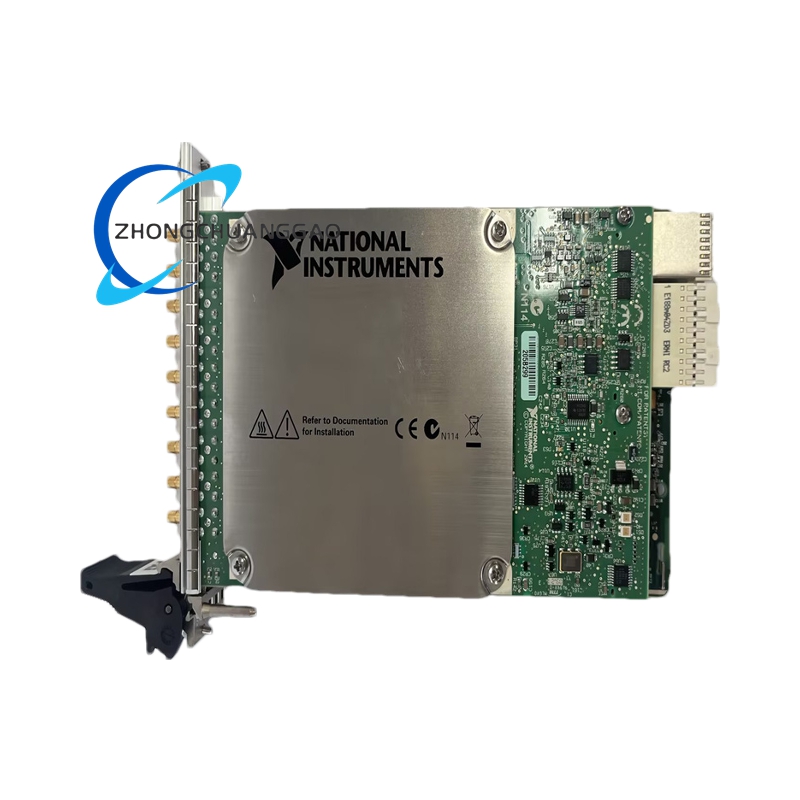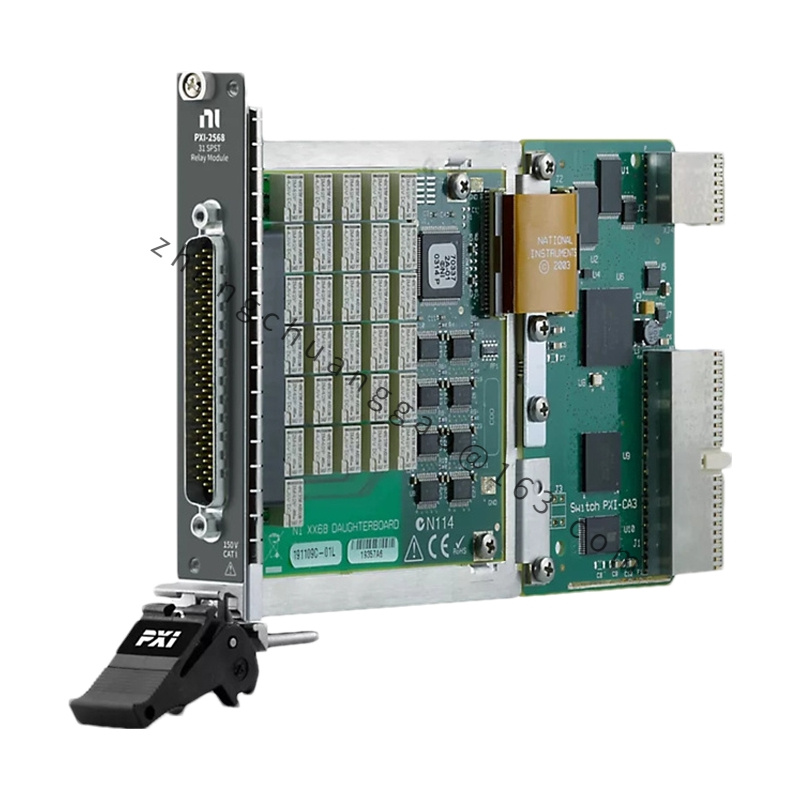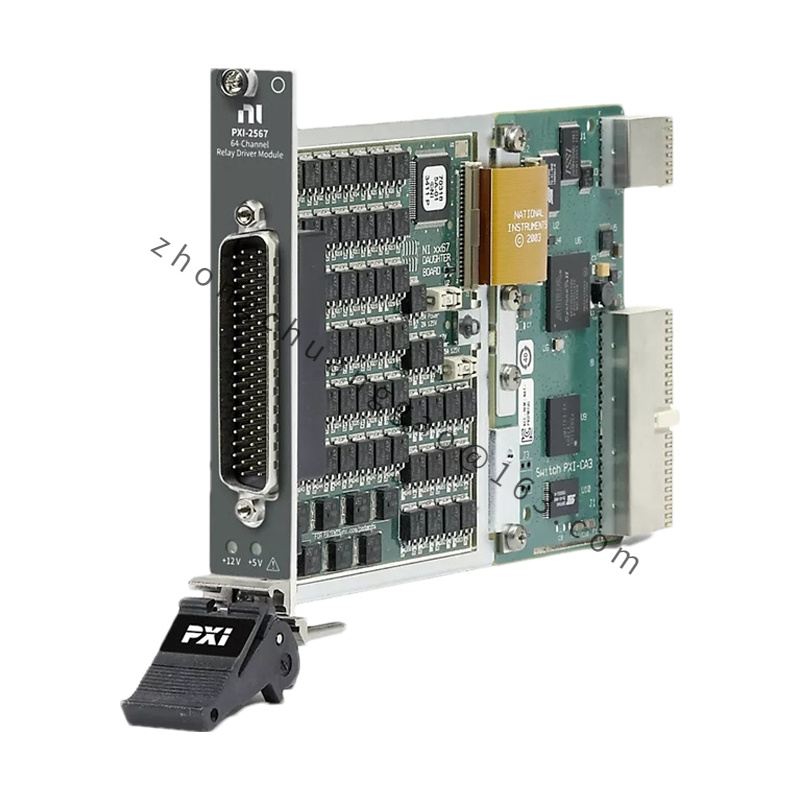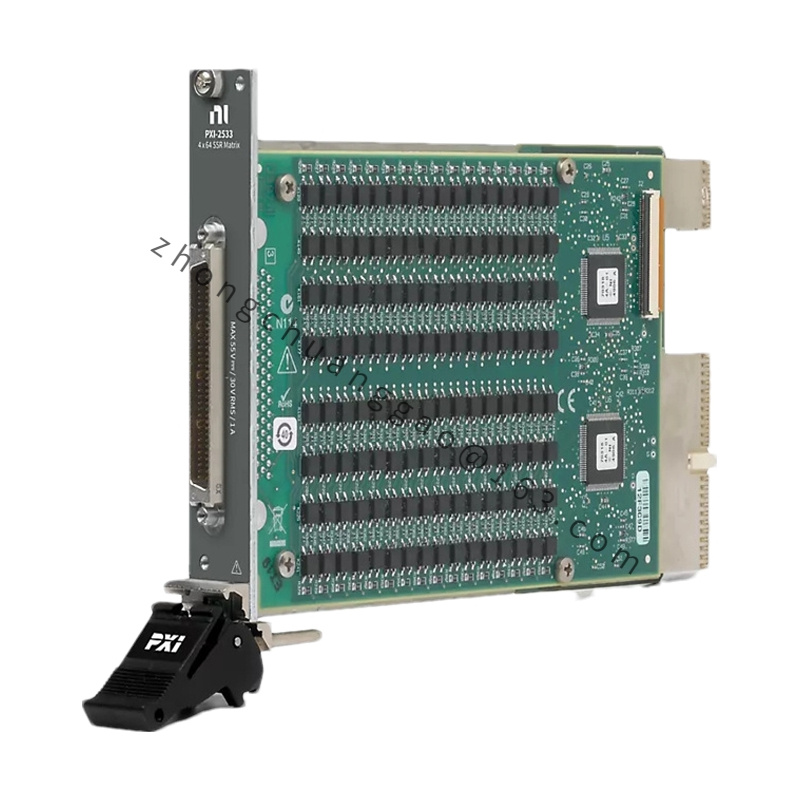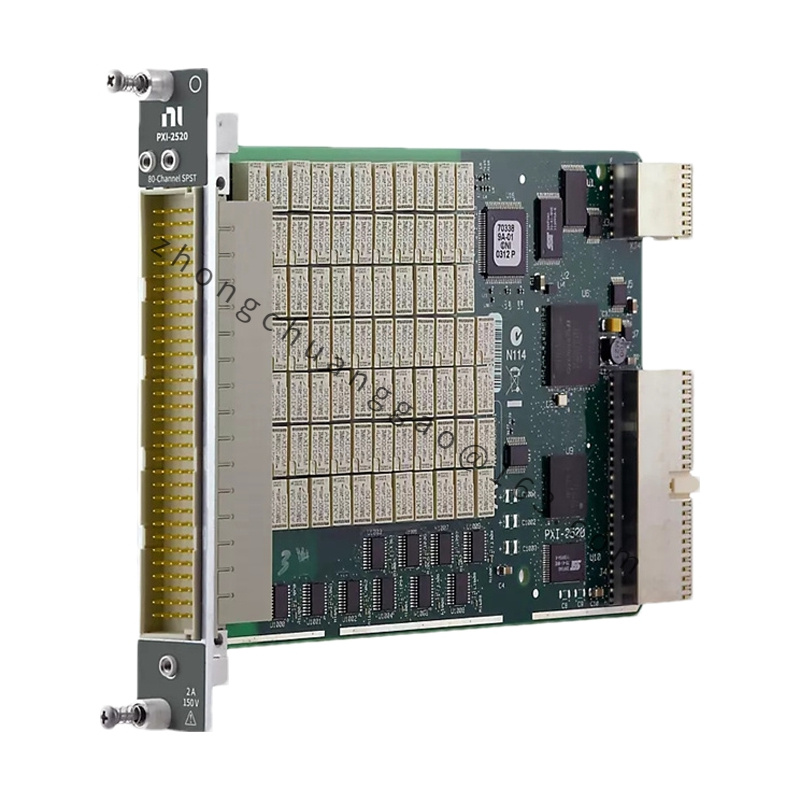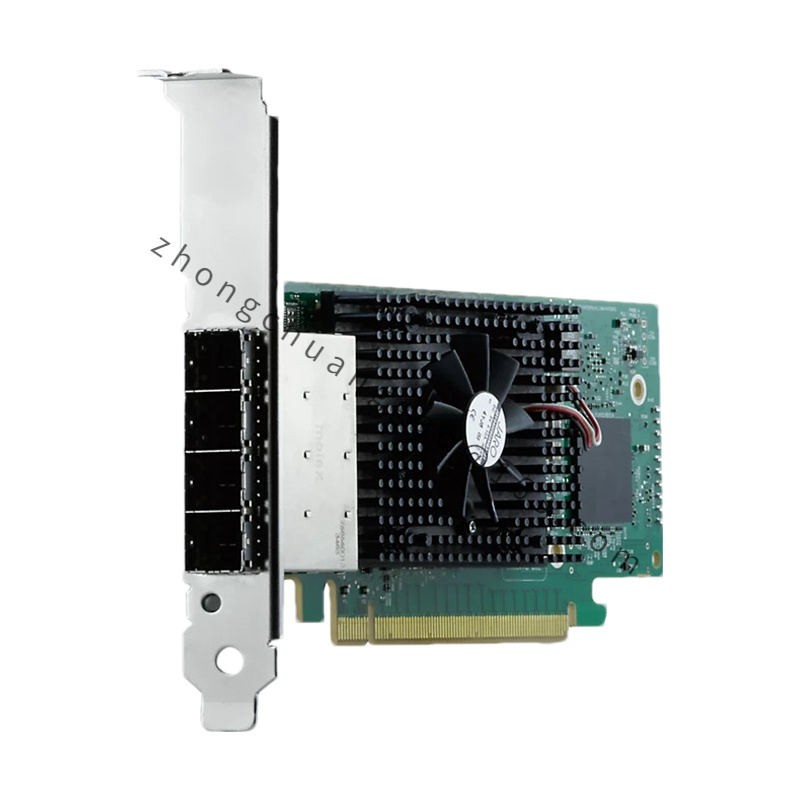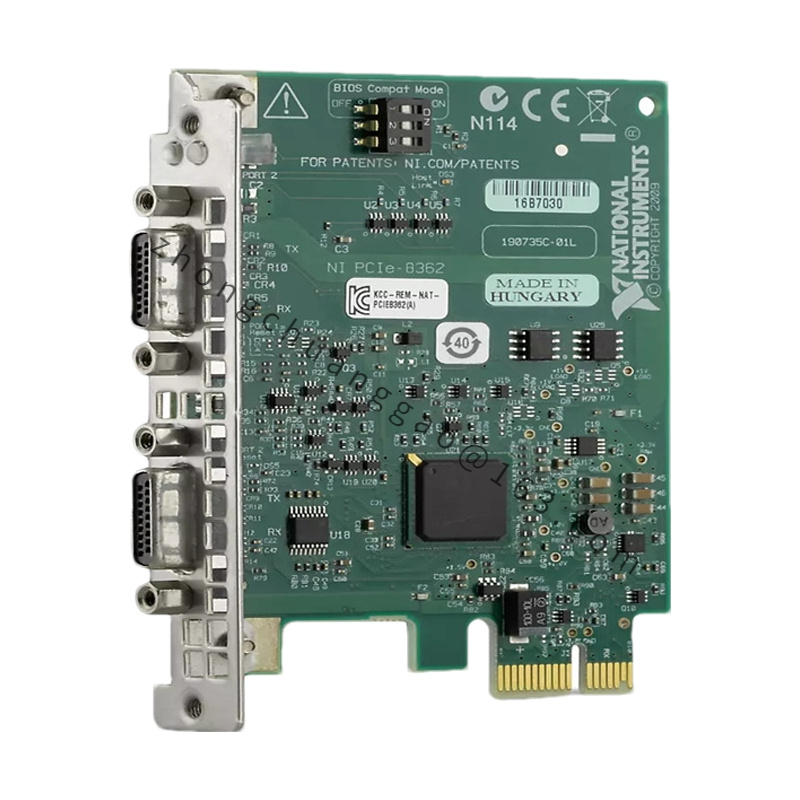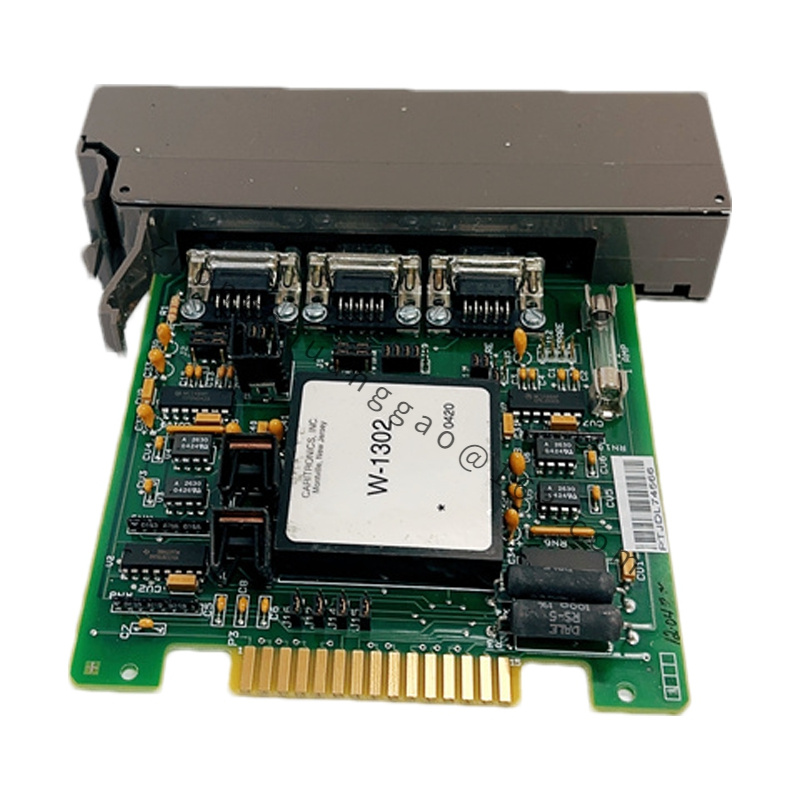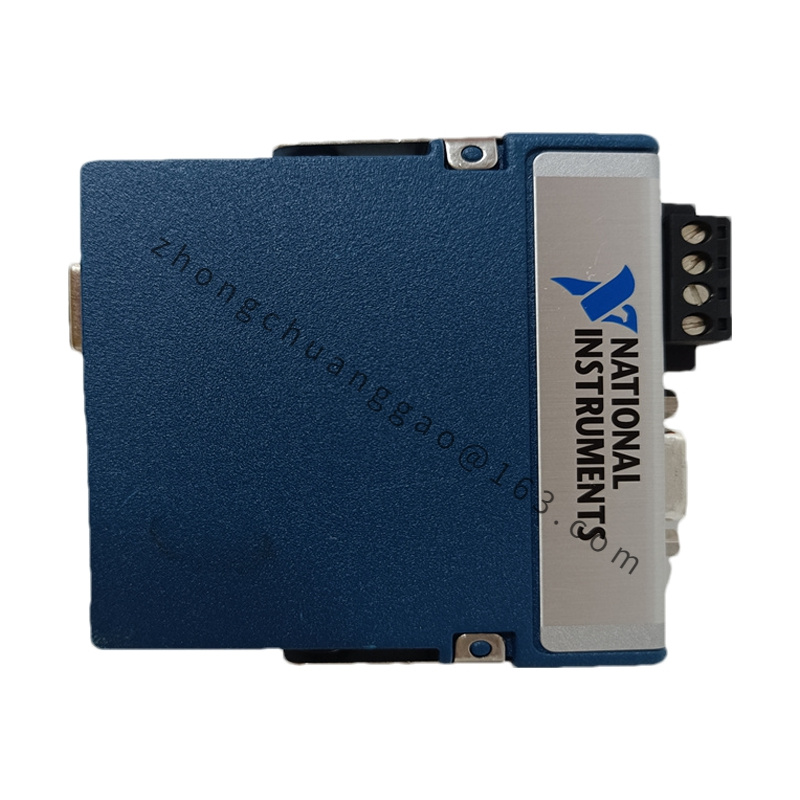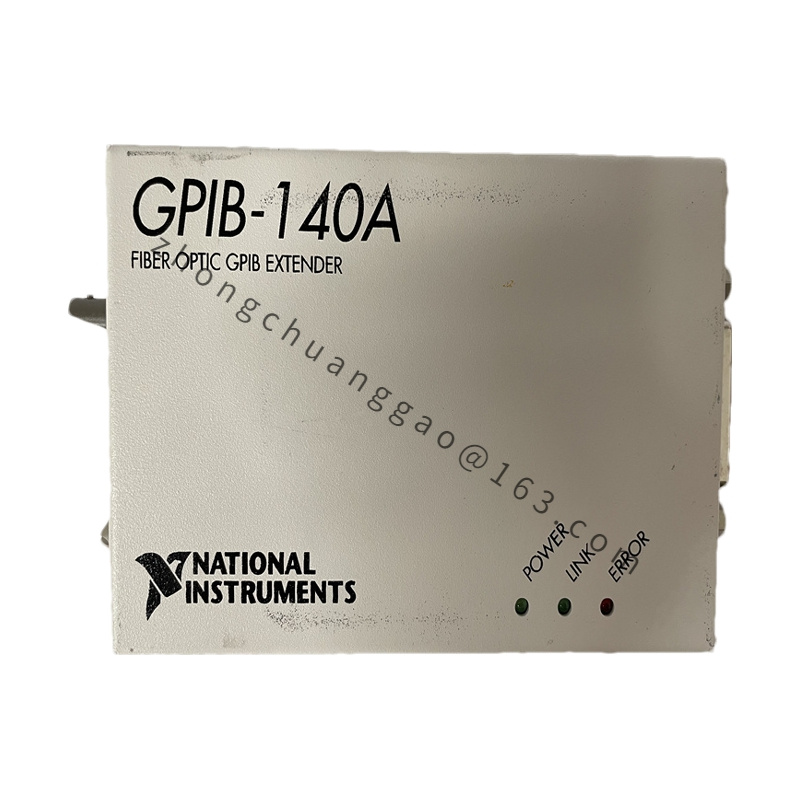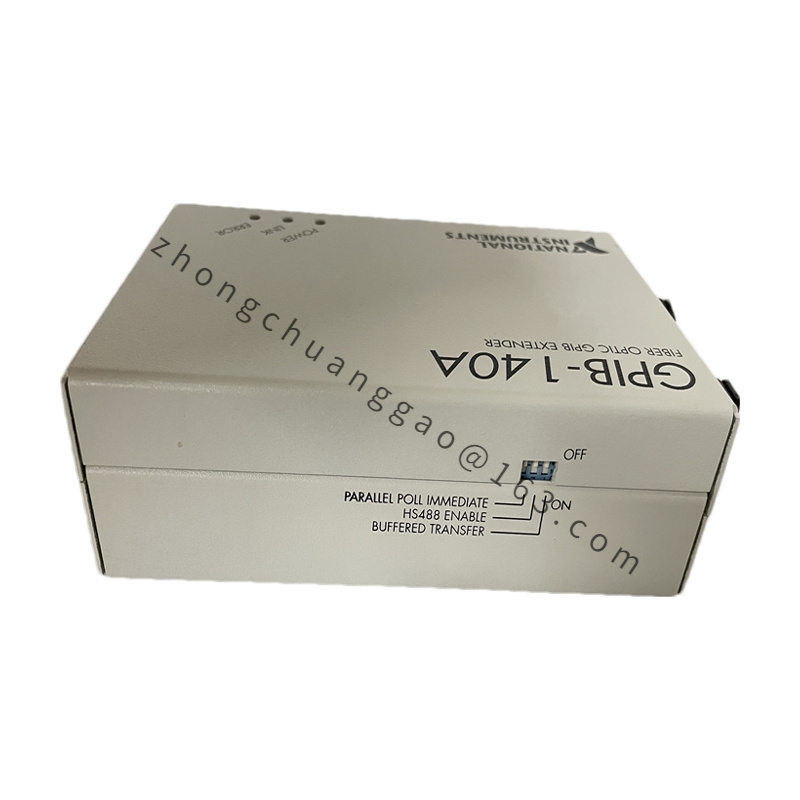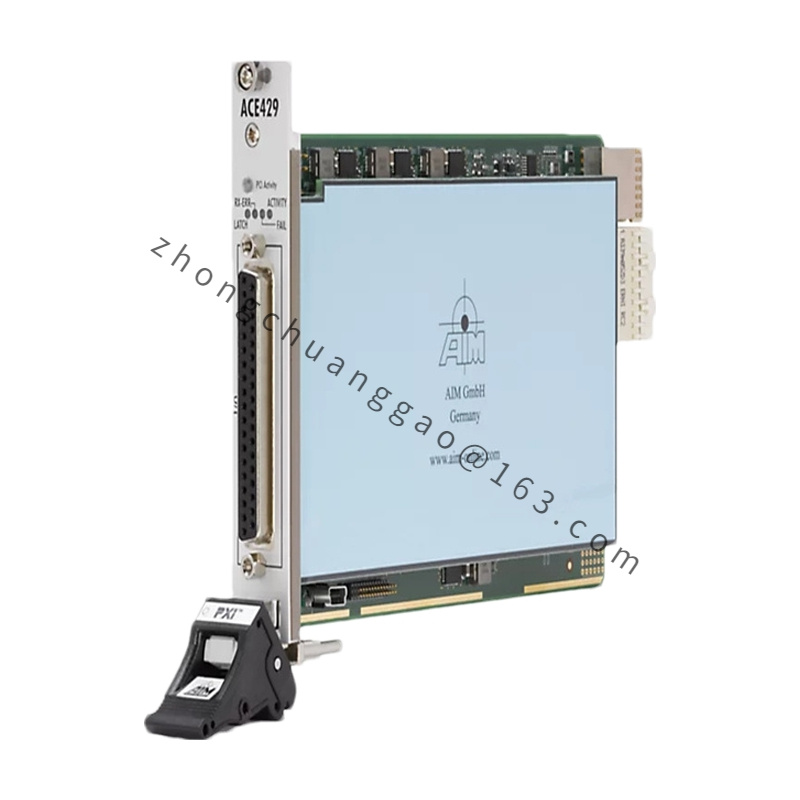NI PXIe-5105
- Technical Specifications
- Voltage Input Channels: 8.
- Analog Input Resolution: 12 bits.
- Analog Input Voltage Range: -15 V to 15 V.
- Maximum Sampling Rate: 60 MS/s.
- Oscilloscope Maximum Bandwidth: 60 MHz.
- Analog Input Impedance: 1 MΩ or 50 ohms.
- Bus Connector: PXI Express.
- Memory: It can be configured with 16 MB, 128 MB, or 512 MB of memory.
- Power Consumption: Approximately 23 W.
- Operating Temperature Range: 0°C – 55°C.
- Storage Temperature Range: -40°C – 71°C.
Detailed content
- Function Features
- High – speed Sampling: With a real – time sampling rate of up to 60 MS/s, it can accurately capture rapidly changing signals, such as high – frequency signals or short – time events.
- Flexible Signal Settings: It provides flexible coupling, impedance, voltage range, and filtering settings. Users can adjust these parameters according to their needs to adapt to different types of signals.
- Multiple Trigger Modes: It has various trigger options, which can meet different test requirements and help users accurately capture the signals of interest.
- Large – capacity Memory: It is equipped with a large – capacity onboard memory, which can store a large number of sampled data, and can capture more than 1 million triggered waveforms in different recording modes.
- Advanced Synchronization Function: Using NI Synchronization and Memory Core (SMC) technology, users can combine multiple devices to form 136 phase – coherent channels in a single NI PXI chassis. It can also be synchronized with other analog and digital instruments to form a mixed – signal test framework.
- Good Compatibility: Driven by NI – Scope driver software, it is compatible with software packages/application development environments such as LabVIEW, LabWindows/CVI, Measurement Studio, Microsoft Visual C/C + +, and.NET.
- Application Scenarios
- Ultrasonic Nondestructive Testing: Its high – speed sampling and accurate signal capture capabilities can be used to detect the internal defects of materials by analyzing ultrasonic signals.
- Medical Imaging: It can be used in medical imaging equipment, such as collecting and processing signals in ultrasonic imaging, to help doctors obtain more accurate medical images.
- Scientific Research: In scientific research laboratories, it is suitable for precise signal analysis and research in physics, chemistry, biology and other fields, providing accurate data support for scientific research.
- Military/Aviation: It is used in aircraft testing, radar systems, missile guidance and other fields, which can meet the requirements of high – speed and high – dynamic – range signal acquisition in the military field.
- Consumer Electronics: It is used for the testing and debugging of consumer electronics products, such as the signal testing of mobile phones, tablets and other devices, to ensure the performance and quality of products.

